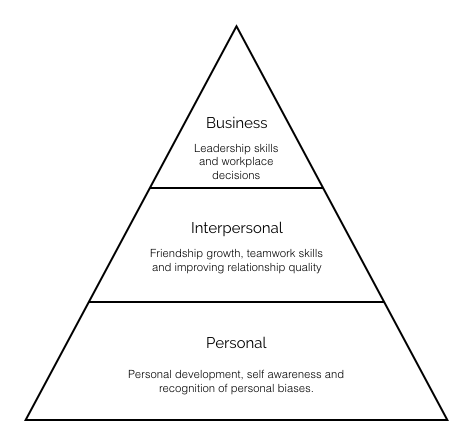Did you know about that time Yahoo could’ve bought Google for $3 billion and Yahoo said no? Or that Google tried to sell their business to Excite for less than $1 million and Excite said no? Google is currently valued at almost $775 billion. How do you think the CEOs of Yahoo and Excite feel now?
The average person makes around 35,000 decisions per day. From what colour shirt to wear to whether you to accept a job offer. So how do you make sure you're making the right decision?
The power of thinking models
Thinking models refine the way you think and are used in almost all organisations. Over the next few weeks we will be exploring the most common thinking biases, failures and inefficiencies. Using decision-making frameworks will train you to make more powerful choices and be powerful in your life.
At Step Change, we see the most common decision-making pitfalls businesses make time and time again. Working with over 90 clients a year gives us unique insight into the key strategic decisions that business owners face, as well as how to make their thinking stronger.
Thinking Model Pyramid

The Thinking Model Pyramid (shown above) is a device to separate the information related to decision-making frameworks into more manageable pieces. At each level of the pyramid we will: Identify the issue, implement the solution and reflect on how we can apply these skills in a different context.
This series will begin at the base of the pyramid, by exploring decision making at a personal level. Our first article will highlight the biases that come into play during the decision making process and help you develop the skills to recognise when you’re affected by these biases. The next instalment in this series will take us one level deeper, where we explore interpersonal relationships; how biases can affect the quality of our teamwork, our everyday interactions with people and the quality of our relationships. Finally, we will have reached the top of the pyramid and can apply the same process to the workplace. We will explore how to use models to make better decisions in business and ensure that we reach maximum utility for every decision.
Next week will mark the launch of our strategic decision-making series. Join us in exploring the decision-making framework and the avoidable pitfalls.
P.S Why don’t you learn how to problem solve while you’re waiting for our next post?